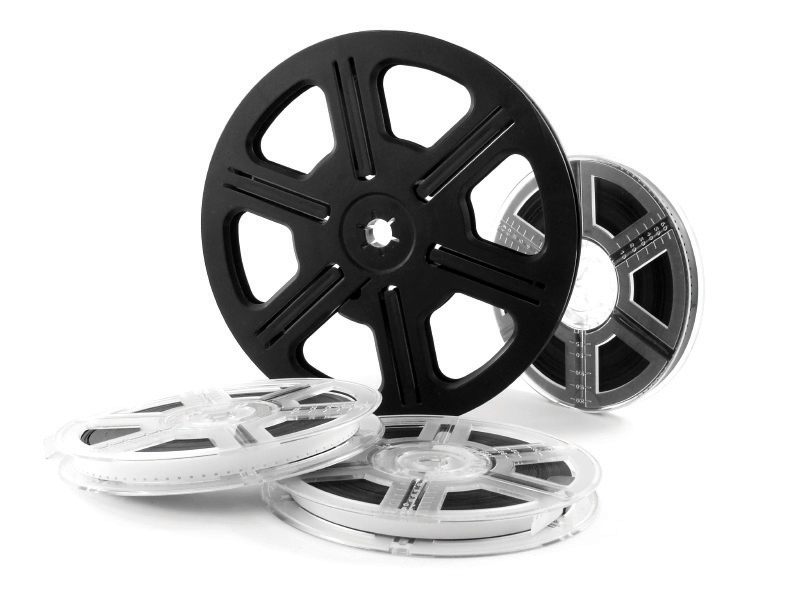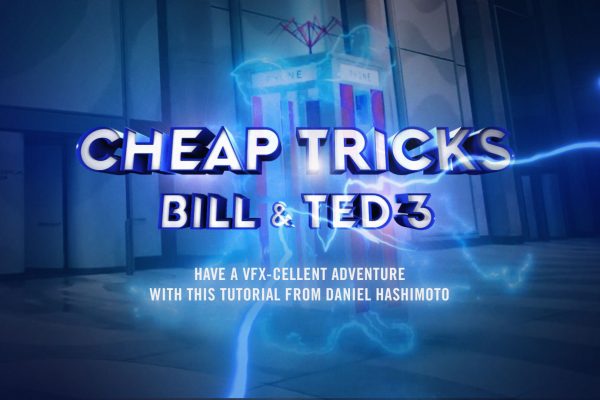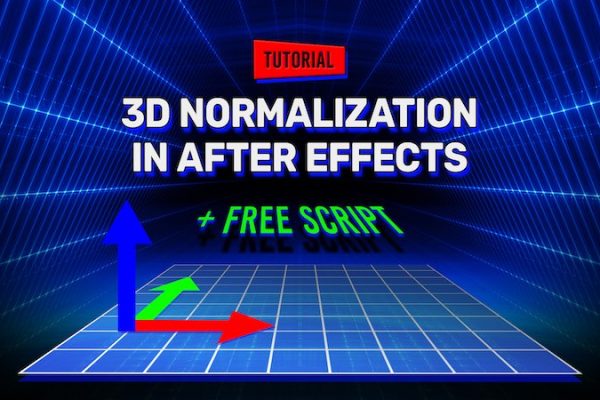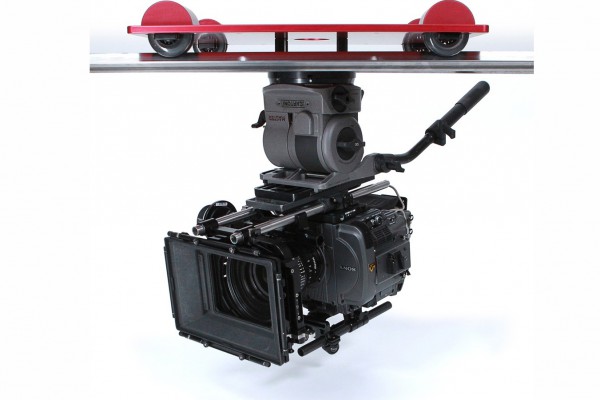Let’s assume you’re a budding composer/musician/recordist and you’ve been lucky enough to snaffle a job writing music for a film or TV show. How are you going to get through the first month of post-production with your wits and self-respect intact, let alone your musical inspiration?
Text: Greg Walker
Making music for film and TV lies somewhere between art, craft and graft – it requires an unusual combination of skills and abilities, not all of them strictly musical or even technical. It’s worth touching on a few of these extra-musical factors first because they will be fundamental in determining how much work – both necessary and unnecessary – you end up doing, and how much enjoyment you get from that work.
TIME/BUDGET MANAGEMENT
If you have any qualms about discussing budgets and money, now’s the time to put them firmly to one side and get straight to the point. Find out how much money the filmmakers have allocated for music and what kind of product they expect you to deliver. Bear in mind that in the hierarchy of budget allocation, music comes in well below photocopying and final shoot drinks, so cut your cloth accordingly! If the budget is $4000 with no extra flexibility for studio time or session musicians, don’t promise large live symphonic recordings. Make a realistic assessment of the time and resources required and agree on an effective approach. Engage a music lawyer and initiate contract discussions at the earliest opportunity and you may get paid before the show goes to air.

This is a simple ‘sting’ created using multiple electric tremolo guitar chords all reversed and cross-faded into their forwards versions, creating a long rise to a crescendo and then tailing off. A long McDSP Revolver reverb is used to create a sense of massive space around the sound.
COMMUNICATION
Film is a fundamentally collaborative endeavour and the key to a successful scoring experience is good communication with the other key stakeholders in the process. Without a clear understanding of the aesthetics of the show, the desired instrumentation, tonality and role the music is being asked to play, the boat will almost certainly not float. Make sure you read the script and get as much of a sense of the project as you can before embarking on any work. Every production is different – I’ve worked on projects where the director is the main musical collaborator, and others where the producer plays a much greater role. On bigger projects you may find yourself regularly consulting with music and post-production supervisors, scriptwriters, editors, mixers and a bevy of associates and assistants to all of the above. Sometimes everything will get done via phone calls, emails and MP3s right up to final delivery; other times you’ll be in a room with 12 people all debating the virtues of your string arrangement. If you can communicate effectively and eliminate misunderstandings early on, it will dramatically improve your workflow and add years to your life expectancy. Be deeply suspicious of casual adjectives – use a CD player or send MP3s to clarify what is meant by dangerously relative words such as ‘fast’, ‘sad’, ‘epic’, ‘quirky’, ‘aggressive’ etc. And remember: one man’s Coldplay is another man’s Cannibal Corpse.
WORK FORMATS
Establish what delivery format is required. 16-bit/48k WAVs are still the broadcast standard in many cases but some projects will require stereo or surround stems at higher resolutions. If you’re planning to deliver everything digitally using broadband, make sure your system is in good shape, as things have an alarming way of heading south just before deadline. It’s also a good idea to make sure you have access to a backup recording system in case your main rig dies. Establish a mode of delivery that everyone is happy with – mailing data CDs, You Send It files, Digidelivery, dropping by the edit suite with your portable hard drive every few days etc. – and try to develop a good relationship with the editor as he or she will often be your primary point of contact.
Deliver as much music as possible for the editors to do their initial cutting to. This can give you a really good head start and lead to a more natural dovetailing of sound and image. Most often though, the real nitty gritty takes place once the fine cut is done and the image editing is nearly complete. At this point you want your relevant scenes in the most user-friendly format available. ProTools and a number of other platforms support Quicktime files that will play onscreen while you track. Some people choose to work off DVD or even VHS. If you are working to Quicktimes, make sure you request a codec and image dimensions that work in your setup. No matter the visual format, having timecode stamped into the image is vital, as you need to provide the editor with precise start times for all your compositions. It’s worth taking a little time early on to make your needs clear before deadlines appear on the horizon. I always request that all dialogue and Foley be mixed to one channel of the stereo audio track, and all temp music mixed to the other side. This way you can mute the temp music while tracking and hear your music in context with the sound on playback.
In this rough mix of a Salsa piece, a generic ProTools shelving EQ is used to reduce the brightness of a shaker track, leaving more space for dialogue. Gentle overall compression is provided by IK Multimedia’s T-Racks plug-in. Note that the multi-band limiter is bypassed.
YOU WANT ME TO DO IT AGAIN?!
You will frequently be asked to modify or redo pieces as edits change, directors and producers win or lose arguments, change their minds, become suddenly enamoured of an off-hand suggestion made by a representative of the funding body and so forth. It’s therefore advisable to record pieces in such a way that they can be pulled apart and re-arranged. It also helps to have instrument, mic and preamp combinations that can be easily revisited. I tend not to compress or treat things too much at the front end and, where possible, use fairly minimalistic mic setups for repeatability’s sake. Whether you’re doing solo instrument or larger scale ensemble recording, it’s worth structuring the compositions so they can be easily shortened or extended in the edit suite. Also consider recording several endings; one abrupt, one that slows down and one that slowly fades out, for example. Some directors will ask for ‘handles’ (pre-ambles and tails to the main body of a piece) that allow a slow cross-fade into and out of a music cue rather than a hard cut. All of these approaches give your director and editor more options and reduce the risk of having to return to the studio to reinvent a slightly different wheel every few days.
TEMP MUSIC-ITIS
Probably the least satisfying part of the music scoring gig is trying to artfully copy an existing (and prohibitively copyrighted) piece of music that has already been laid in and edited to. This has to be done in such a way that it closely mimics the melody, tempo, texture and mood and of the original without infringing anyone’s copyright. If you’re one of those guys that once painfully re-recorded the whole of Queen’s Bohemian Rhapsody yourself on a crappy four-track then you might get off on it, but personally I don’t much enjoy ‘reinterpreting’ temp music. My advice here is to grit your teeth, think of the money (i.e., wish you’d held out for more) and channel that anger back into the work.
TONAL BALANCE & PANNING
It is amazing how much musical detail gets lost, especially in the TV format, once a composition gets mixed down amongst dialogue, atmosphere and other Foley effects, not to mention master mix volume rides and overall compression. It is often the case that simpler rhythmic and melodic information will translate better in complicated contexts. If the cue is going to ride underneath dialogue, aim for a slightly darker tonality than you would for a freestanding composition, as this will minimise the chances of high-frequency information cutting across the all-important vocal clarity zone (3-10kHz) and thus reduce the chances of the re-recording mixer rolling the entire top end out of your mix. For this reason it’s also worth avoiding having bright sounds such as hi-hats, shakers or handclaps riding too high in your mix. Panning can be a bit of a grey zone as you won’t know where dialogue, voice-over, off-screen effects etc. are going to be placed until the final mix is complete. I tend to pan fairly conservatively and leave it to the editor and/or mixer to decide if anything needs adjustment.
MASTERING
If you can afford to get your music professionally mastered it’s definitely worth doing, but you’ll have to carefully schedule this so it can dovetail with the rest of the post-production schedule. Try to find a flexible mastering engineer if possible, as post-production schedules are prone to sudden changes. I’ve worked on projects where composition and mix changes are still being made the day before mixdown so it may not always be possible. You can use a mastering compression plug-in to smooth things out a little and get tracks to a consistent overall level but it’s best to keep the processing fairly light. That way, if the mixer decides to tighten things up more, they’ve still got some space to move.
DON’T FORGET THE CUE-SHEETS!
Once all the music has been completed there remains the chore of logging all your work on cue-sheets and returning them to the film producers, APRA and/or your publishers if required. Make sure you fill out your cue-sheets using a finished version of the show with timecode, as some timings may have been altered in the final mix. Without this seemingly inane step you won’t get any royalties from subsequent screenings of your work.
Making music for TV and Film can be somewhat tedious or totally creative, but either way, hopefully these notes will help you sidestep some of the most common stumbling blocks that await the unwary.





